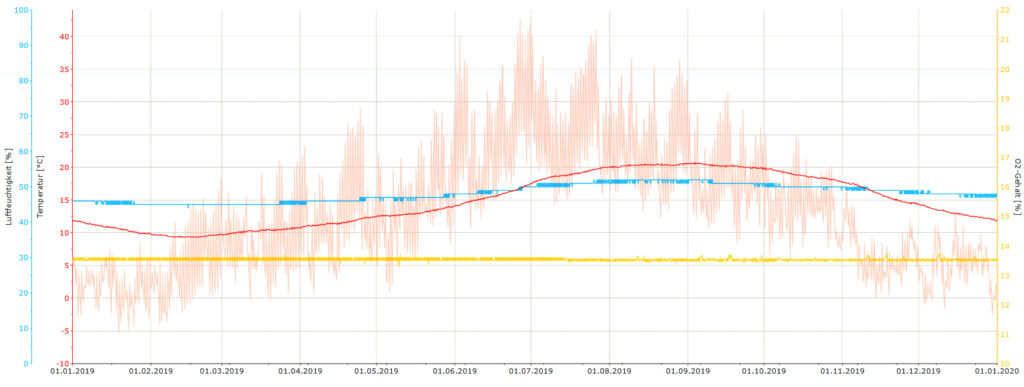High-bay container storage system

HRL mit KTG im Hintergrund, nach oben aufgenommen
The high-bay storage area has space for some 3.1 million items; however, the infrastructure has been designed in such a way that its capacity can be expanded in several phases to allow storage of up to 14 million items. The storage facility is equipped with standardised containers. The robot-controlled retrieval crane uses fully automated technology to retrieve containers which contain items ordered for loan from their slots before sending them to the picking stations in the administrative wing via a conveyor belt system.

